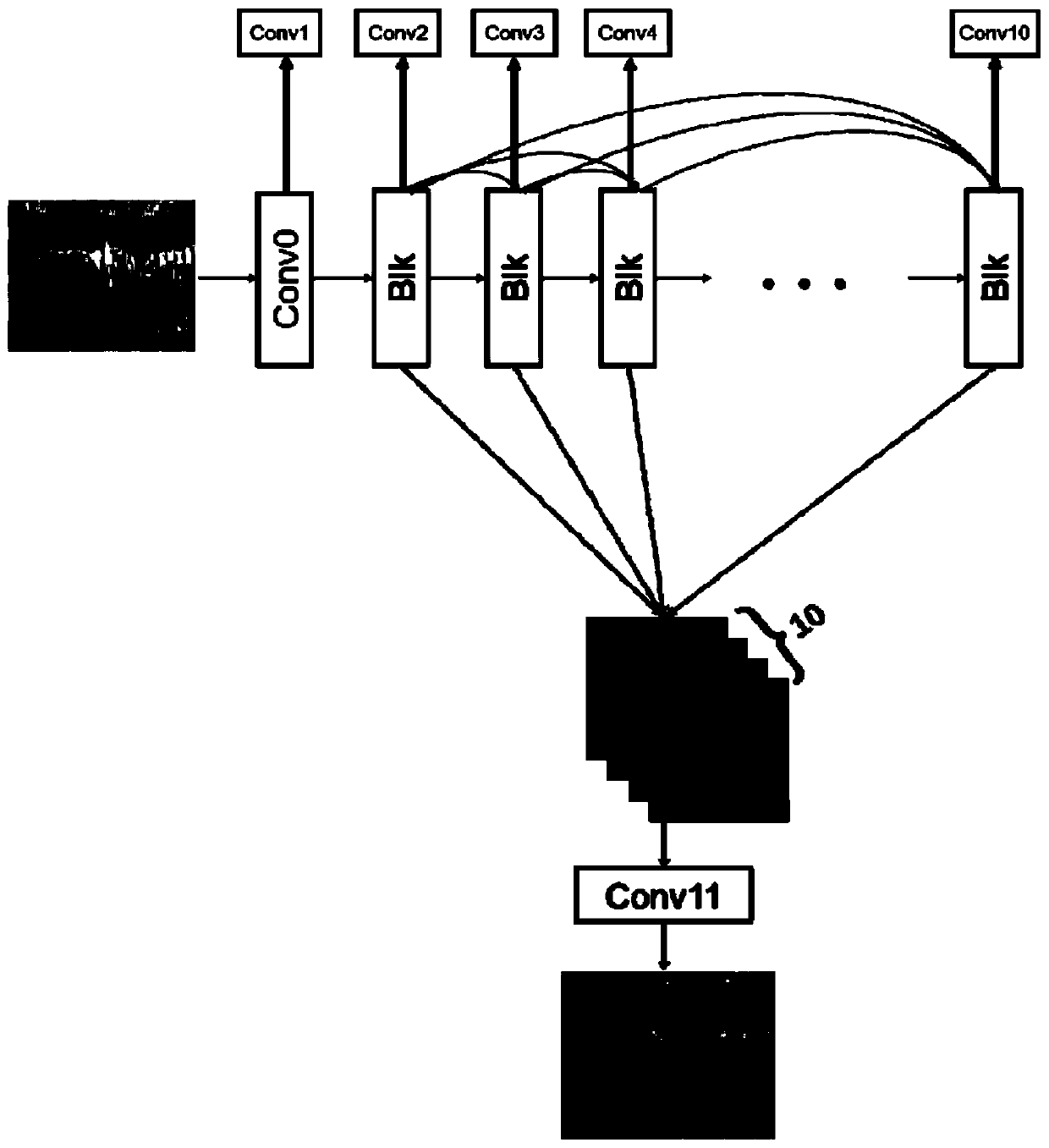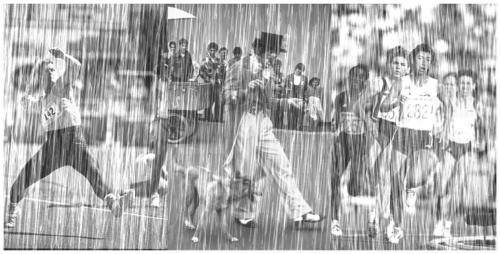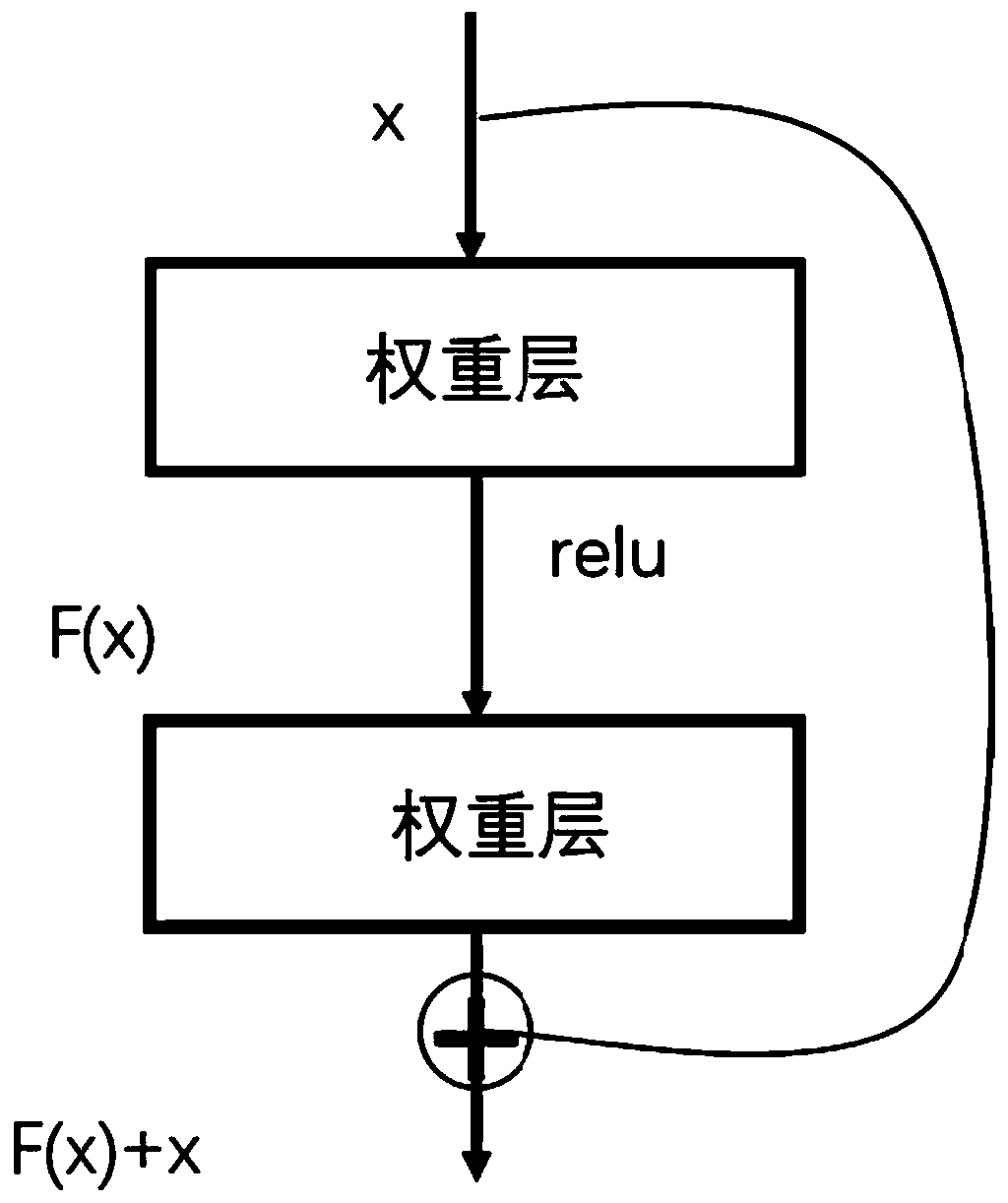Single image rain removal method based on composite residual network and deep supervision
A single image, residual technology, applied in the field of image processing, can solve the problem of ineffective full convolution network
- Summary
- Abstract
- Description
- Claims
- Application Information
AI Technical Summary
Problems solved by technology
Method used
Image
Examples
Embodiment Construction
[0041] The present invention will be further described in detail below in conjunction with the embodiments and the accompanying drawings, but the embodiments of the present invention are not limited thereto.
[0042] A Single Image Deraining Method Based on Composite Residual Network and Deep Supervision:
[0043] 1. When constructing the training set, images with rain in multiple directions and corresponding clean images in natural scenes can be collected. Currently, there is a public data set RainH containing multiple rain line directions, which can be used directly set to train the network. In addition, according to the scenes you need, such as automatic driving, vehicle detection, etc., you can collect clean images of related scenes, and then use some existing rain line synthesis methods to synthesize corresponding data sets;
[0044] 2. When preprocessing the input, first randomly select images from the training set, but instead of directly putting the images into the ne...
PUM
 Login to View More
Login to View More Abstract
Description
Claims
Application Information
 Login to View More
Login to View More - R&D
- Intellectual Property
- Life Sciences
- Materials
- Tech Scout
- Unparalleled Data Quality
- Higher Quality Content
- 60% Fewer Hallucinations
Browse by: Latest US Patents, China's latest patents, Technical Efficacy Thesaurus, Application Domain, Technology Topic, Popular Technical Reports.
© 2025 PatSnap. All rights reserved.Legal|Privacy policy|Modern Slavery Act Transparency Statement|Sitemap|About US| Contact US: help@patsnap.com



